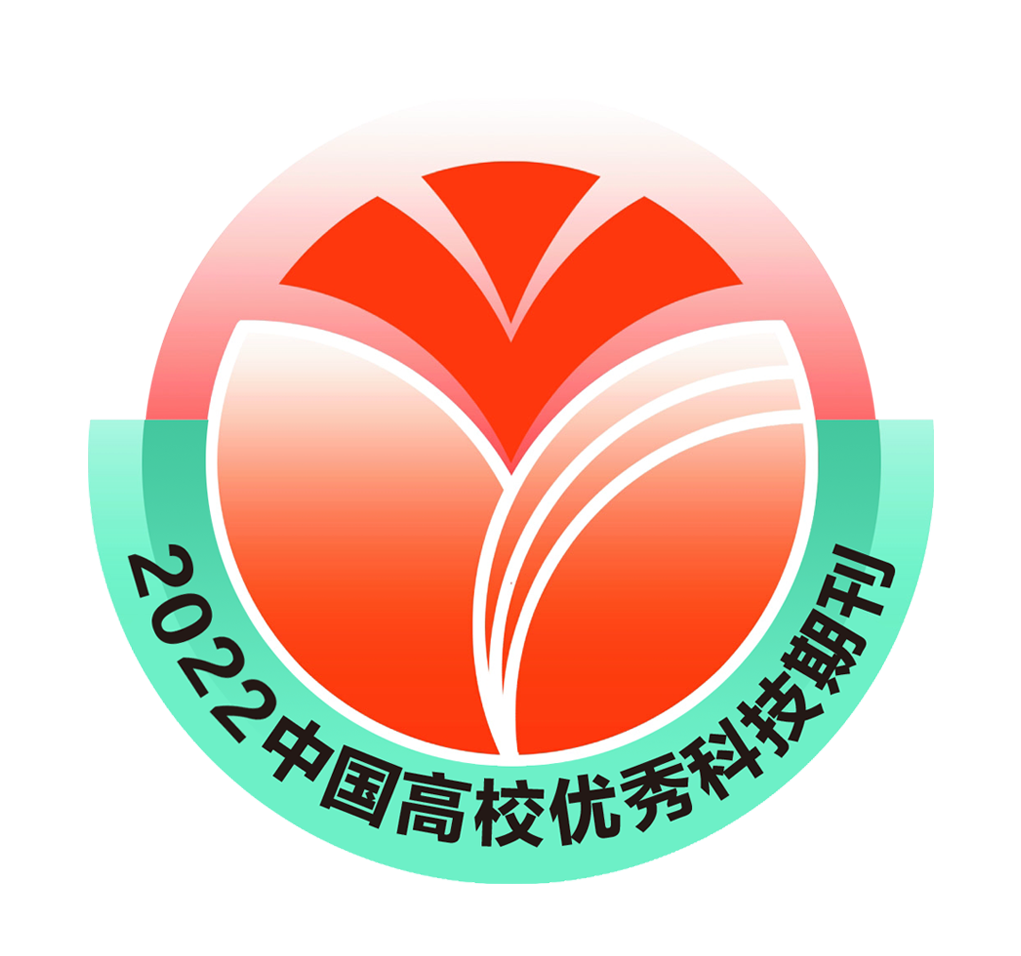Academic Misconduct
To strengthen the academic ethics standards of scientific journals and uphold academic integrity, in accordance with the "Academic Publishing Standards - Definition of Academic Misconduct in Journals (CY/T 174-2019)" and relevant guidelines of the Committee on Publication Ethics (COPE), Petroleum Science Bulletin identifies plagiarism, fabrication, falsification, duplicate submission, redundant publication, improper authorship, and violations of research ethics as academic misconduct, with specific criteria and handling measures as follows.
1 Criteria for Identification of Academic Misconduct
1) Using published or unpublished work of others (text, data, charts, ideas, etc.) without proper citation.
2) Fabricating experimental data, research samples, or analysis results, or altering raw data/images (e.g., Photoshop manipulation, selective data deletion, etc.).
3) Submitting the same paper or substantially similar content to multiple journals simultaneously, or resubmitting with minor modifications.
4) Republishing one's own previously published work without declaration.
5) Improper authorship: Including non-contributors as authors, omitting actual contributors, or using others' names without consent.
6) Arbitrarily changing author order, affiliations, or other information.
7) Articles primarily written by AI tools.
8) Other academic misconduct as defined by academic publishing standards.
2 Determination Process of Academic Misconduct
1) All submitted manuscripts undergo plagiarism screening using the "Academic Misconduct Literature Detection System for Scientific Journals" during initial review, with principle requirements of 10% overall similarity rate and 5% single-source duplication.
2) Throughout peer review stages, the journal closely monitors reviewers' evaluations regarding academic integrity.
3) At every editorial and publishing phase, manuscripts are scrutinized for potential academic misconduct.
4) With prudent consideration, papers exhibiting >10% similarity rate or suspected academic misconduct risks will be submitted to the Editor-in-Chief or Editorial Board for formal determination.
3 Measures for Handling Academic Misconduct
1) To uphold scientific ethics and normal publishing order, any paper confirmed to involve academic misconduct will be rejected without exception. For particularly severe cases (e.g., data fabrication, paper trading, etc.), the authors will be blacklisted and permanently banned from submission. The journal will issue a public censure with real-name disclosure of both the paper and involved authors within the education/research community and among partner journals, while notifying the authors' affiliated institutions and relevant funding agencies.
2) For papers already published in print or released online that are found to involve academic misconduct, the journal will coordinate with databases such as CNKI, Wanfang, and VIP to retract the articles and mark them with an "Academic Misconduct" warning to prevent further dissemination of erroneous research. Should such misconduct cause reputational or other damages to the journal, the editorial office reserves the right to pursue further compensation.
4 Appeal and Reassessment
The journal handles papers identified as academic misconduct with prudence. Should authors disagree with the determination or disciplinary action, they may submit a written request for reconsideration within 10 working days from receiving the notice (late submissions will not be accepted). The editorial office will forward the case to the Editor-in-Chief or Editorial Board for reassessment, who will render a final decision and notify the corresponding author of the reconsideration outcome within 30 working days.
Pubdate: 2025-07-01
Viewed:
1727





